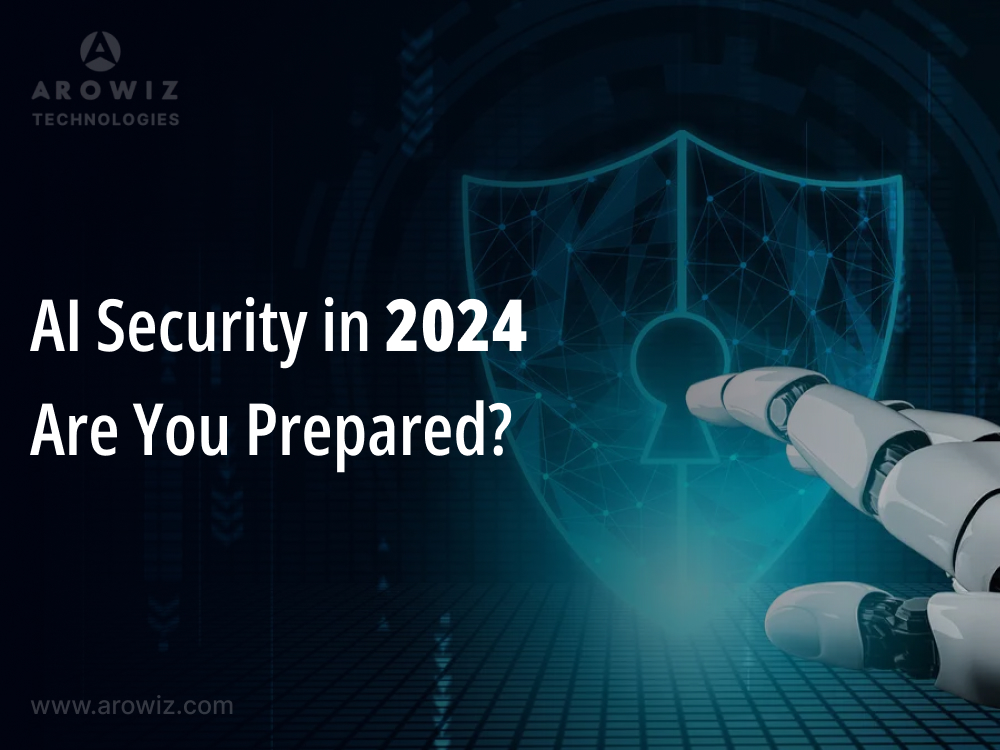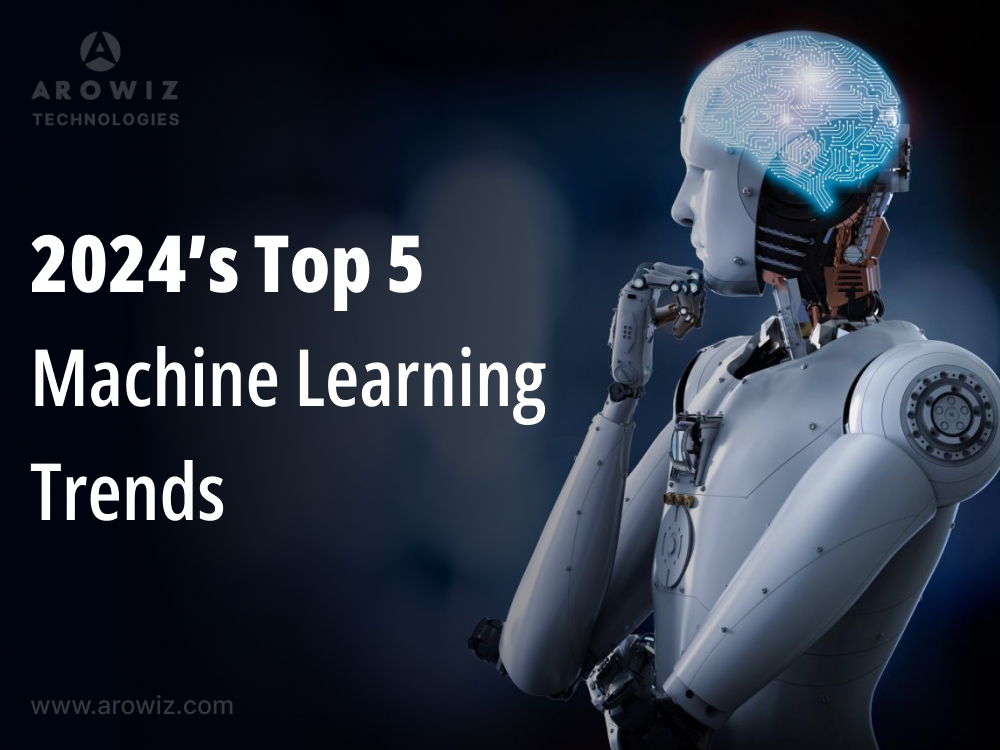Explore key steps for AI security readiness — In 2024, AI technologies are becoming more advanced in every industry, bringing…
AI Security in 2024: Are You Prepared?
admin
- April 19, 2024
3 min read

Explore key steps for AI security readiness —
In 2024, AI technologies are becoming more advanced in every industry, bringing more risks. Hence, AI security is also extremely critical.
Stay proactive to protect against cyber threats, data breaches, and attacks.
Primary Risks in AI Security —
- Adversarial Attacks: Manipulating input data to deceive AI systems and produce incorrect outputs.
- Data Poisoning: Adding harmful data to training sets to undermine AI model performance or integrity.
- Model Stealing: Unauthorized access to AI models allows adversaries to duplicate or reverse-engineer proprietary algorithms.
- Privacy Violations: AI systems processing sensitive data without proper privacy safeguards pose privacy violations.
- Model Inversion: Using AI model outputs to deduce sensitive details about its training data or underlying parameters is model inversion.
- System-level vulnerabilities: Software flaws in development or infrastructure can create openings for attackers to exploit AI systems.
- Human oversight issues: Reliance on human judgment can introduce biases or errors, impacting AI security effectiveness.
Supercharge your startup with our FREE MVP Guide E-Book
Download it now to kickstart your growth and turn your ideas into reality.
Key Defense Solutions —
- Adversarial training: Simulated attacks during AI model training enhance real-world threat readiness.
- Explainable AI: Methods that clarify how AI models make decisions, aiding in the detection and resolution of vulnerabilities or biases.
- Anomaly detection: Systems that monitor AI behavior for suspicious activity, potentially indicating an attack.
- Sandbox testing: Running AI models in isolated environments to test for vulnerabilities before deployment.
- Formal verification: Mathematically proving specific security properties of AI models before deployment.
- Government regulations: Policy frameworks for responsible AI development and deployment are emerging.
Your Preparedness in AI Security —
Proactive AI security measures minimize risks for individuals and organizations, protecting data, systems, and reputation in our digital world.
Individual —
- Awareness: Understanding the threats and potential impact of AI security issues is crucial.
- Critical thinking: Question information generated by AI, especially in critical situations.
- Data privacy: Exercise caution when sharing information with AI systems to prevent potential misuse.
Organizations —
- Risk assessment: Evaluate your AI deployment for potential security vulnerabilities.
- Security measures: Implement appropriate defense solutions (e.g., anomaly detection, adversarial training) based on your needs.
- Governance framework: Establish policies and procedures for responsible AI development and deployment.
- Team training: Educate employees on AI security risks and best practices.
- Implement robust security measures:
- Regularly update and patch AI software :
- Collaborate with cybersecurity experts :
The Future of AI Security —
Predicting the future with absolute certainty is impossible, but here are some interesting possibilities for the future of AI security: like —
- Enhanced AI Security Measures
- Evolving Threat Landscape
- Integration of AI in Security Solutions
- Increased Focus on Privacy Protection
- Collaboration for Advanced Defense Strategies
Supercharge your startup with our FREE MVP Guide E-Book
Download it now to kickstart your growth and turn your ideas into reality.
Conclusion —
AI faces evolving security risks like data poisoning and system vulnerabilities. To enhance protection, defenses like adversarial training and explainability methods are crucial, along with government regulations. However, uncertainty remains due to rapid advancements.
Responsible research, development, and policy play a vital role in building trust in AI technologies and ensuring safe integration with intelligent machines.
Tags
- aiChatGPTCybersecurityMachine Learningsoftware development
Our New Letter
Get productivity tips delivered straight to your inbox
Ready for more?

Arowiz Technologies is a Central India-based customer Centric software development & Expert IT Staff Augmentation company ...
FOR JOBS
hr@arowiz.comFOR SALES
sales@arowiz.comMARKETING / BLOGS
info@arowiz.comGET CONNECTED
Top Industry
About Us
Top Services
Hire Expert Developers
- AI / ML Developers
- Blockchain Developers
- DevOps Developers
- Web3 / Gaming Developers
- Full Stack Developers
- AR / VR – Meta Developers
- Python Developers
- Solidity Developers
- Node.js Developers
- ReactJs Developers
- Next.Js Developers
- Flutter Developers
- React Native Developers
- Golang Developers
- Mobile App Developers








